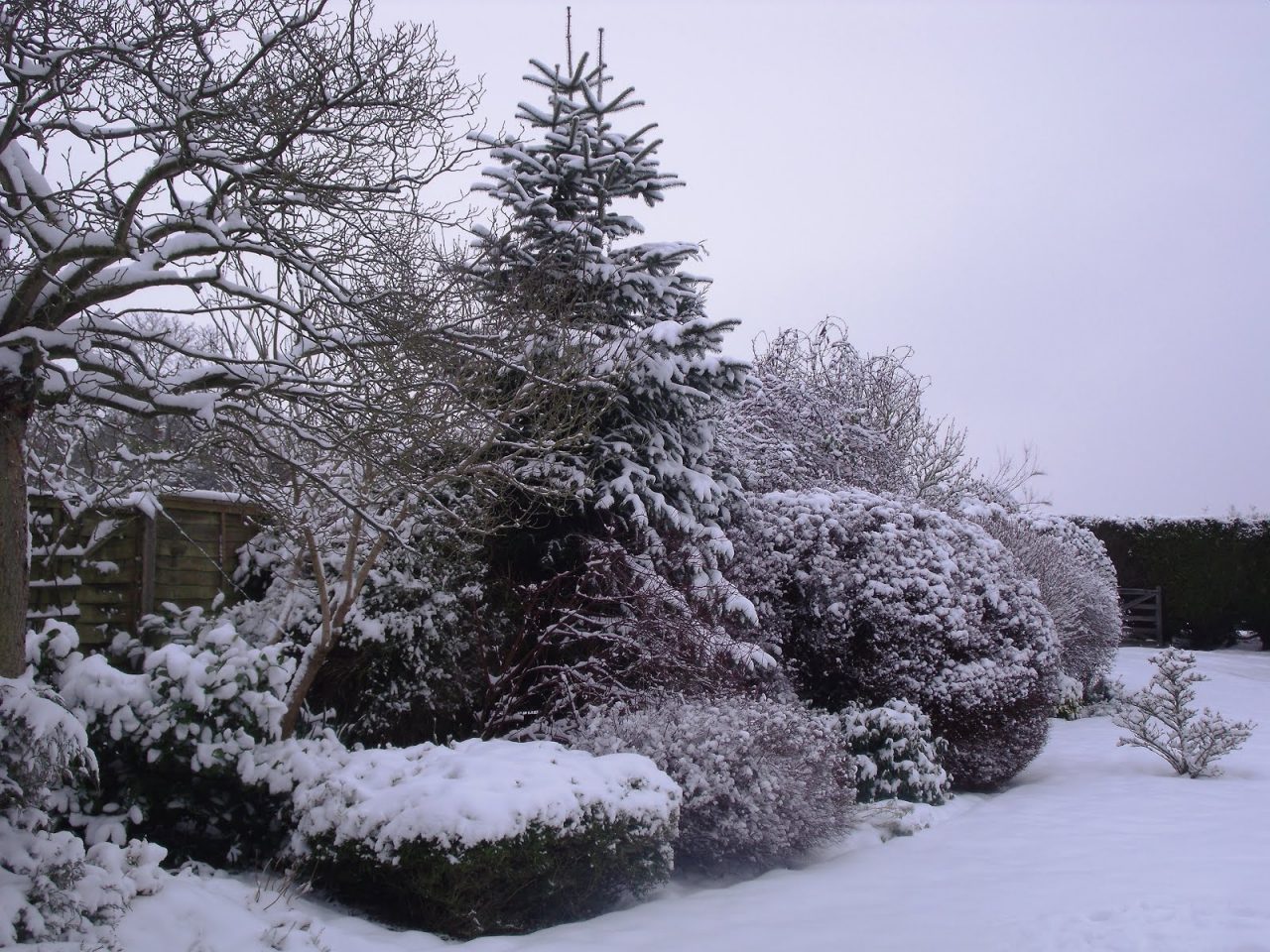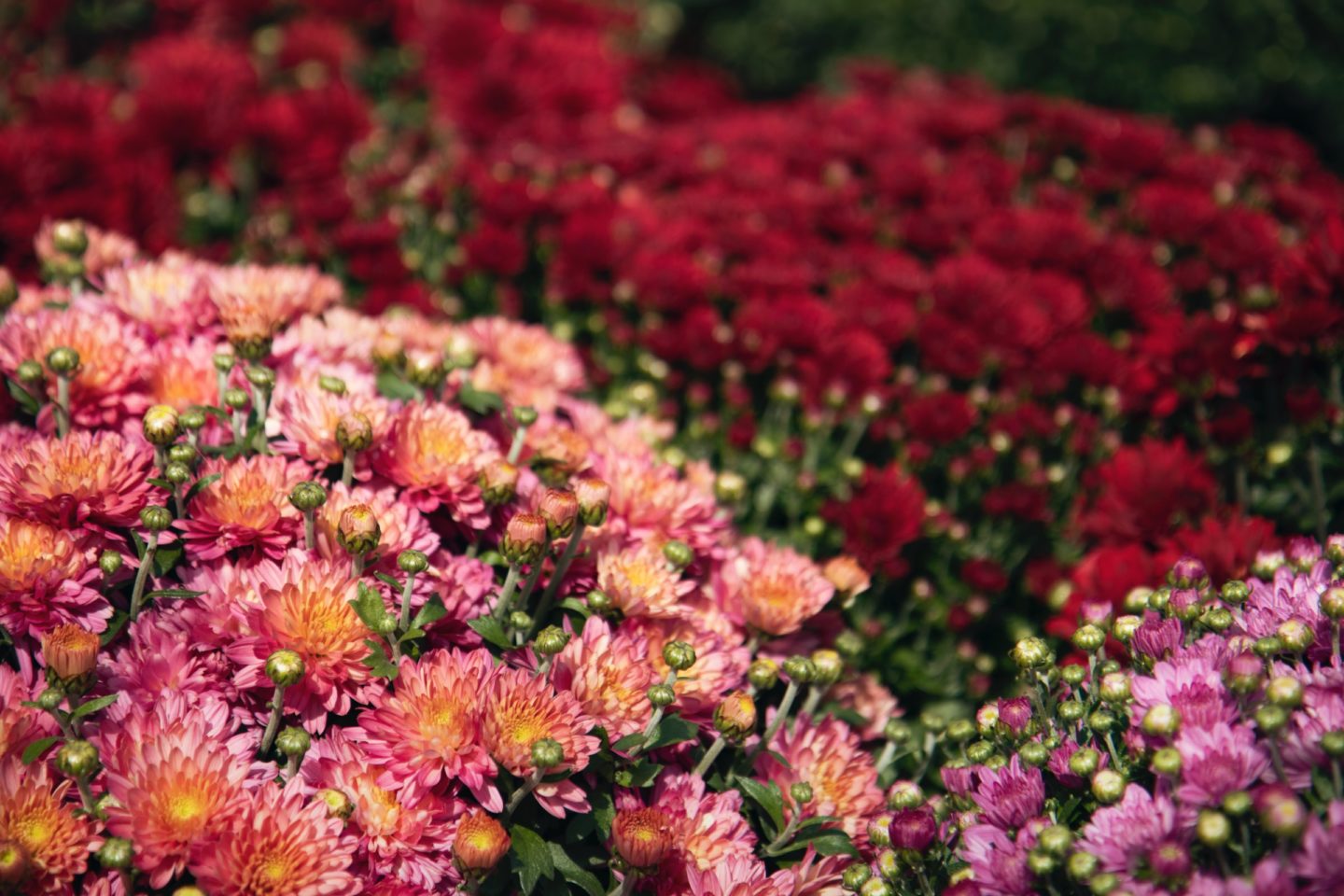An often-missed opportunity for beautifying the landscape in the winter months is deciduous shrub and tree pruning. As the colors of spring and summer fade into fall with each plant entering a state of dormancy, the plants are easily disregarded. This naturally occurring dormant stage of the plant provides the ideal conditions for pruning. Pruning is crucial to both plant health and aesthetics for a number of reasons. It helps to maintain size, shape, and form of overgrown plants but also to remove dead or diseased branching. The process of “thinning” or removing overgrowth opens the crown of the plant for more direct sunlight and air movement within. When performed correctly, this process results in a more vigorous spring growth and bloom of the plant.
Signs Your Shrubs or Trees Need Pruning
- Garden beds are simply over run by deciduous shrubs
- Branches are rubbing together or crossing
- Insect egg masses or larvae are present
- Open lesions or areas that look to be diseased are visible
- Plant is visibly too big
- Dead plant material

Considerations
- Consider the natural shape of the plant when determining what to remove
- Never remove more than ⅓ of plant material from any one plant
- Always leave a node or branch on the plant below each cut to ensure new growth during the growing season
- Disinfect pruning tools to eliminate spreading disease
- Remember that a successful prune may look as if you’ve done nothing at all
- Winter! Winter! Winter! Take advantage of the seasonal dormancy and plan for the health of the plants.



